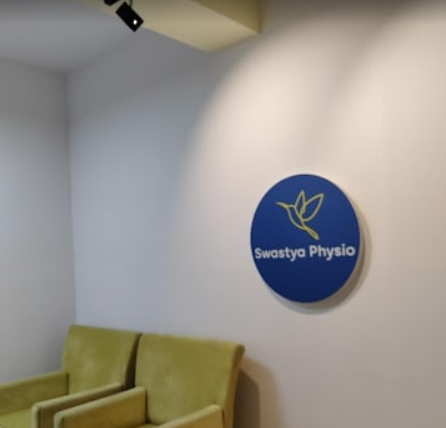Children are constantly growing, learning, and developing. But when a child faces challenges due to injury, illness, developmental delays, or congenital conditions, pediatric rehabilitation plays a crucial role in helping them regain function, build strength, and achieve greater independence.
At its core, pediatric rehabilitation is a specialized branch of physiotherapy and allied therapies focused on improving the physical, cognitive, and functional abilities of infants, children, and adolescents.
What Is Pediatric Rehabilitation?
Pediatric rehabilitation involves a range of therapeutic services designed to support children with temporary or long-term physical limitations. These services are tailored to meet each child's unique needs and abilities while also being fun, engaging, and age-appropriate.
Therapists work closely with families, caregivers, and doctors to ensure the child’s development stays on track or improves over time.
Who Needs Pediatric Rehabilitation?
Pediatric rehabilitation is recommended for children who experience:
-
Developmental delays (motor skills, speech, or sensory processing)
-
Cerebral palsy or muscular dystrophy
-
Autism spectrum disorder (ASD)
-
Traumatic brain injury or spinal cord injury
-
Orthopedic injuries or surgeries
-
Birth injuries (e.g., brachial plexus injuries)
-
Genetic disorders affecting movement or coordination
-
Neurological disorders or post-stroke recovery
Key Components of Pediatric Rehabilitation
Depending on the child’s condition, a pediatric rehabilitation program may include:
1. Pediatric Physiotherapy
Focuses on improving strength, balance, coordination, and mobility through play-based exercises and movement therapy.
2. Occupational Therapy
Helps children develop the skills they need for daily tasks such as dressing, feeding, and handwriting, often using tools that improve fine motor control and sensory processing.
3. Speech and Language Therapy
Supports communication development, articulation, and swallowing in children with speech or feeding difficulties.
4. Sensory Integration Therapy
Assists children with sensory processing disorders to better interpret and respond to environmental stimuli.
Benefits of Pediatric Rehabilitation
-
Enhances physical independence and motor skills
-
Supports social and emotional development
-
Improves self-care and communication abilities
-
Reduces the risk of secondary complications
-
Builds self-confidence and academic readiness
-
Encourages family involvement and education
Choosing the Right Pediatric Rehabilitation Clinic
When selecting a clinic for pediatric rehabilitation, look for:
-
Certified pediatric physiotherapists and therapists
-
A child-friendly, safe, and welcoming environment
-
Customized treatment plans tailored to developmental goals
-
A collaborative approach involving parents and caregivers
-
Positive reviews and evidence-based care
Clinics like SwastyaPhysio offer specialized pediatric services where every child is treated with compassion, patience, and expertise. With a structured approach and personalized care, children are guided to grow stronger, more confident, and independent.
Final Thoughts
Every child deserves the best chance to thrive—physically, emotionally, and socially. Pediatric rehabilitation bridges the gap between challenges and potential, helping children overcome obstacles and embrace a brighter, more active future.
If your child needs extra support in their developmental journey, don't hesitate to consult a pediatric rehabilitation specialist today.

